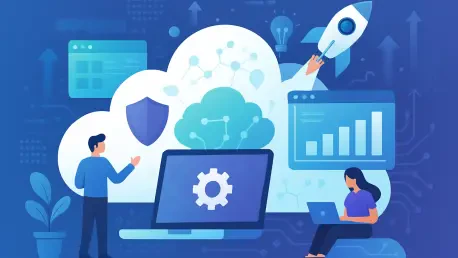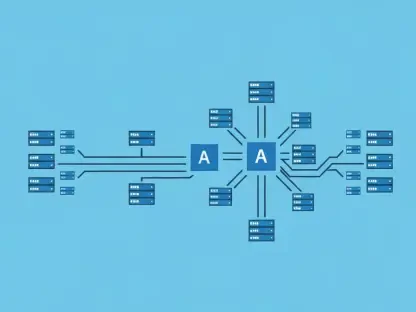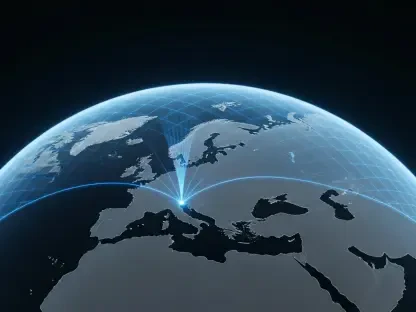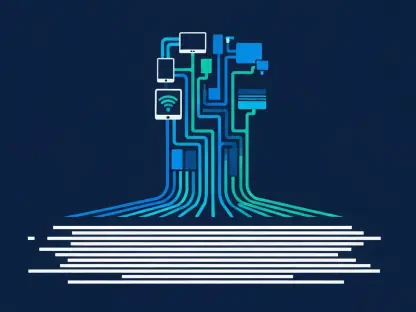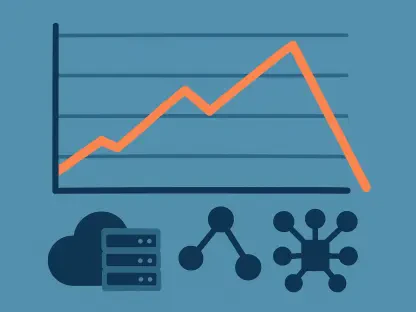I’m thrilled to sit down with Vijay Raina, a leading expert in enterprise SaaS technology and software design. With a deep background in thought leadership and architecture, Vijay has a unique perspective on how technology shapes businesses, particularly in the context of innovative startups and immigrant success stories. Today, we’ll dive into themes like the journey of building groundbreaking tech companies, the impact of cultural roots on entrepreneurial paths, and the strategies behind scaling ventures in competitive markets like big data and AI. Let’s explore how personal experiences and professional expertise intersect to create transformative success.
Can you share the story of how your background influenced your journey into the SaaS and software industry?
Absolutely. Growing up, I was always fascinated by technology and problem-solving. My early exposure to computers in a resource-limited environment taught me to be creative and resourceful. When I moved to the US, I brought that mindset with me, which shaped my approach to software design. I saw technology as a way to bridge gaps and create opportunities, and that drove me to specialize in enterprise SaaS, where I could help businesses scale efficiently.
What challenges did you face when you first started working in the tech industry here in the US, and how did you overcome them?
The biggest challenge was adapting to a fast-paced, highly competitive environment. Coming from a different cultural context, I had to learn the nuances of communication and networking in the US tech scene. There were moments of self-doubt, but I focused on building my skills and finding mentors who believed in my vision. Persistence was key—every setback taught me something new about resilience and the importance of staying adaptable.
How do you think your cultural roots have shaped your perspective on innovation and leadership in the tech world?
My cultural background instilled a strong sense of perseverance and community in me. Where I come from, you learn to value hard work and collaboration, and I’ve carried that into my leadership style. It’s influenced how I approach innovation too—I’m always thinking about how technology can serve diverse groups and solve real-world problems, not just chase trends. That grounding keeps me focused on creating meaningful impact.
Let’s talk about the SaaS landscape. What do you see as the biggest opportunity for new entrepreneurs in this space right now?
The SaaS landscape is incredibly dynamic, and I believe the biggest opportunity lies in niche solutions powered by AI and data analytics. Businesses are hungry for tools that can personalize experiences and predict outcomes, whether it’s for customer engagement or operational efficiency. Entrepreneurs who can build secure, scalable platforms that address specific industry pain points—like healthcare or logistics—will stand out. It’s about solving problems with precision.
Drawing from your experience, what lessons from past ventures have most influenced how you approach building and scaling tech solutions today?
One major lesson is the importance of customer feedback early on. In past ventures, I learned that no matter how brilliant your idea is, if it doesn’t resonate with users, it won’t succeed. So now, I prioritize iterative design—build, test, refine. Another key takeaway is the value of a strong team. Surrounding yourself with people who complement your skills and share your vision is critical when scaling. Those lessons guide every project I tackle.
As someone who provides thought leadership in software architecture, how do you balance staying ahead of tech trends while maintaining a focus on practical, usable solutions?
It’s a delicate balance. I stay ahead by constantly learning—reading research papers, attending conferences, and engaging with innovators. But I always ground myself in the question: ‘Does this solve a real problem?’ Trends like AI or blockchain can be exciting, but if they don’t translate into practical value for users, they’re just noise. My focus is on designing architecture that’s both cutting-edge and accessible, ensuring it serves the end user effectively.
What is your forecast for the future of SaaS and enterprise technology in the next five years?
I think we’re heading toward an era of hyper-personalization and automation in SaaS. Over the next five years, I expect enterprise technology to lean heavily on AI to deliver tailored solutions at scale—think predictive analytics that anticipate business needs before they arise. Security will also be paramount as data becomes even more central. We’ll see tighter integration between tools, creating seamless ecosystems for businesses. It’s an exciting time, but companies will need to prioritize trust and adaptability to stay relevant.
